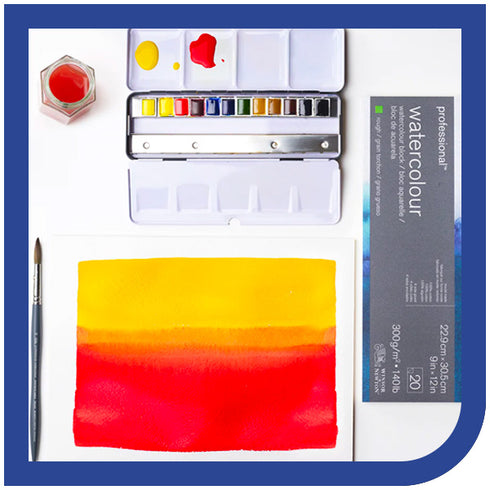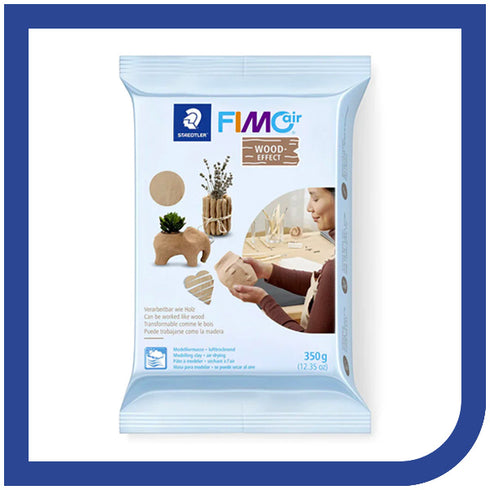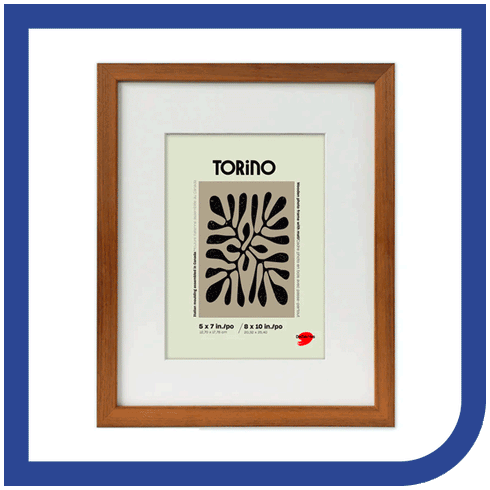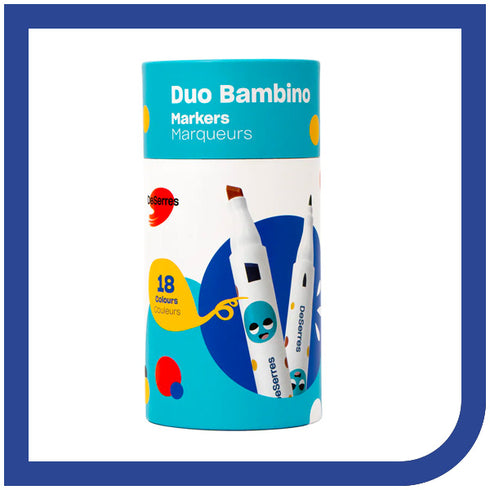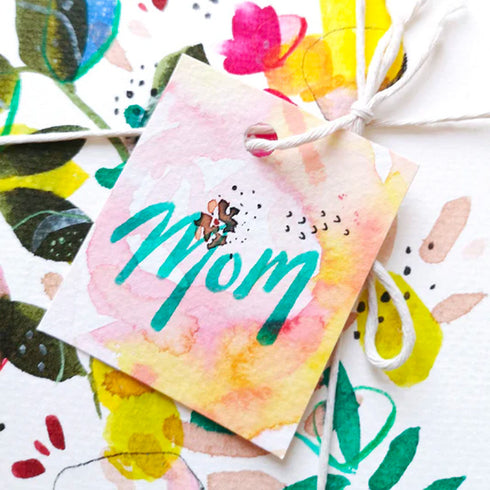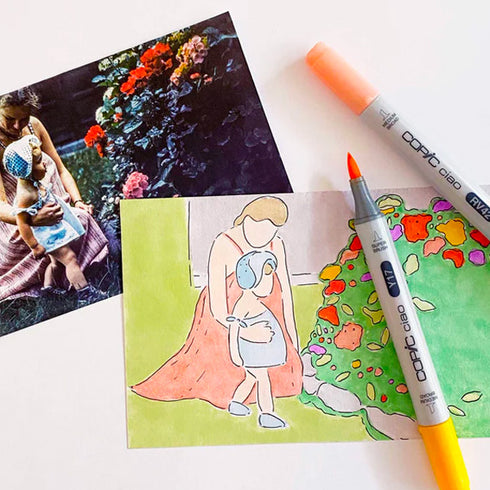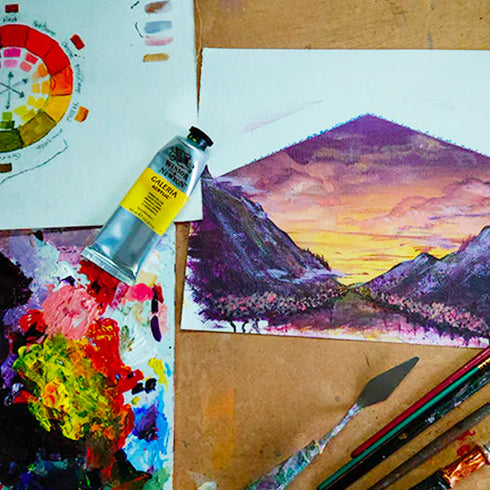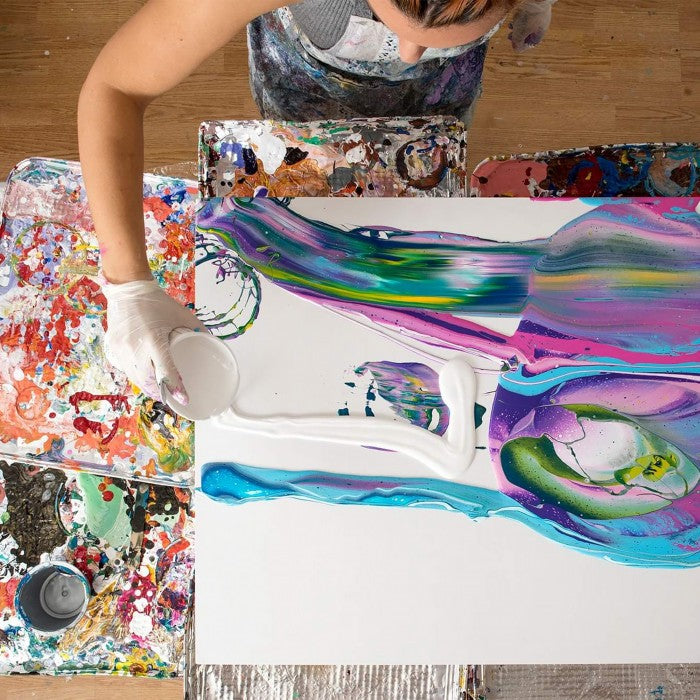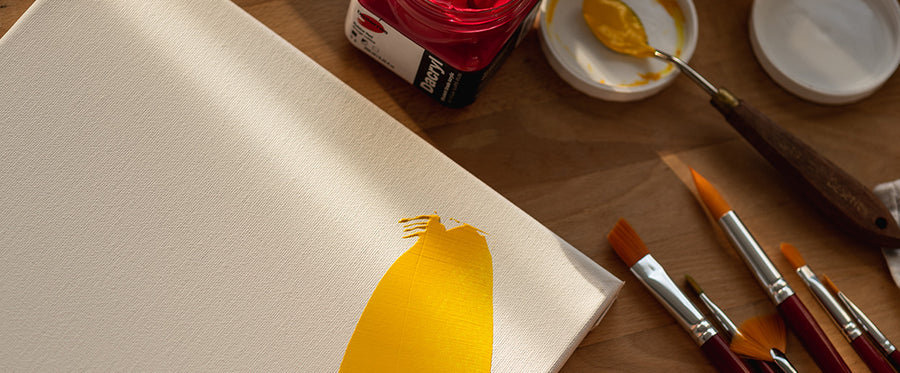For our DeSerres expert Mélyna Leclerc, being eco-responsible is an integral part of her artistic process. As she put it so eloquently, “It’s a subject that’s very dear to my heart.” Because fluid art generates a tremendous amount of waste, Mélyna has come up with a few tricks over the years to make her art a little greener. Below, she tells us how we, too, can do our part for responsible art by doing better one canvas at a time.
NEVER RINSE ACRYLIC PAINT IN THE SINK
There are several reasons why you should never rinse acrylic paint in the sink. First, it’s important to know that acrylic paint dries to form a thin layer of plastic; over time, these layers can build up, damaging and clogging your plumbing. Water treatment plants also don’t have the ability to filter out microplastics—the biggest source of pollution in our oceans. Instead of the sink, keep a large bucket of water next to you strictly for rinsing your dirty brushes. The acrylic will settle at the bottom and the water will stay on top. Since water evaporates, you can add fresh water from time to time; your water will eventually turn cloudy but will still be good for rinsing spatulas and plastic containers and pre rinsing brushes. Cut a large hole in the lid of the rinsing bucket (it will look like the ring of a Mason jar) and cover the hole with a nylon stocking or netting to allow the air to circulate.

REUSE YOUR CONTAINERS
Here are three easy ways to recycle the plastic containers you use to mix and pour paint. Once they’re empty, set them upside down on a drip tray until all the paint runs out. Turn the containers upright, allow them to dry, then reuse them for your next project. If you use plastic food containers with smooth sides, you can easily peel off the layer of acrylic once it’s completely dry. Otherwise, it’s fine to let the paint dry in the container because it won’t affect the fresh paint. A second option is to place a wooden stick in the used container and let it dry, at which point you can simply pull on the stick and the acrylic will peel right off the container. Finally, a third option is to rinse your containers in the rinsing bucket.

LEFTOVER PAINT
Since fluid art takes a lot of paint, you’ll often end up with leftovers after finishing a project. It’s a good idea to keep coasters and small canvases or other mediums on hand to use up your prepared paint. You can also let the paint dry and then peel it off the drip tray. You can make jewelry with it, but what I like to do is keep all the skins and eventually do a huge collage on canvas.
IN CONCLUSION
In addition to the containers, your other fluid art supplies—like the wooden sticks used to mix the paint, the tablecloths and even the baking sheets—can be reused until they can’t be used anymore. For example, simply wipe the wooden sticks clean and let them dry before reusing them. Finally, if fluid art is your medium of choice, remember that your workspace will never be neat and tidy.
Photo credit: Stéphanie Huard (shuard.photo@gmail.com)







